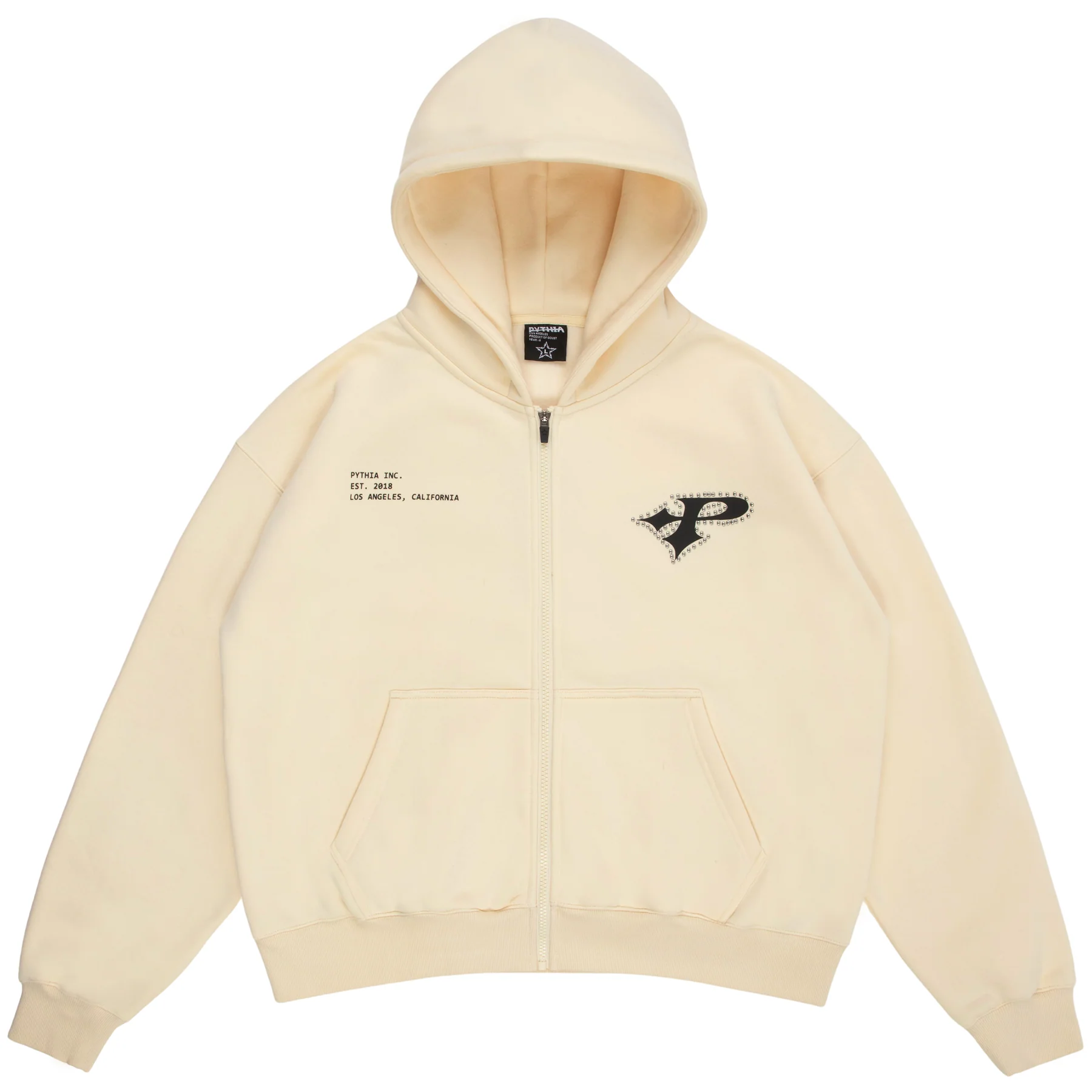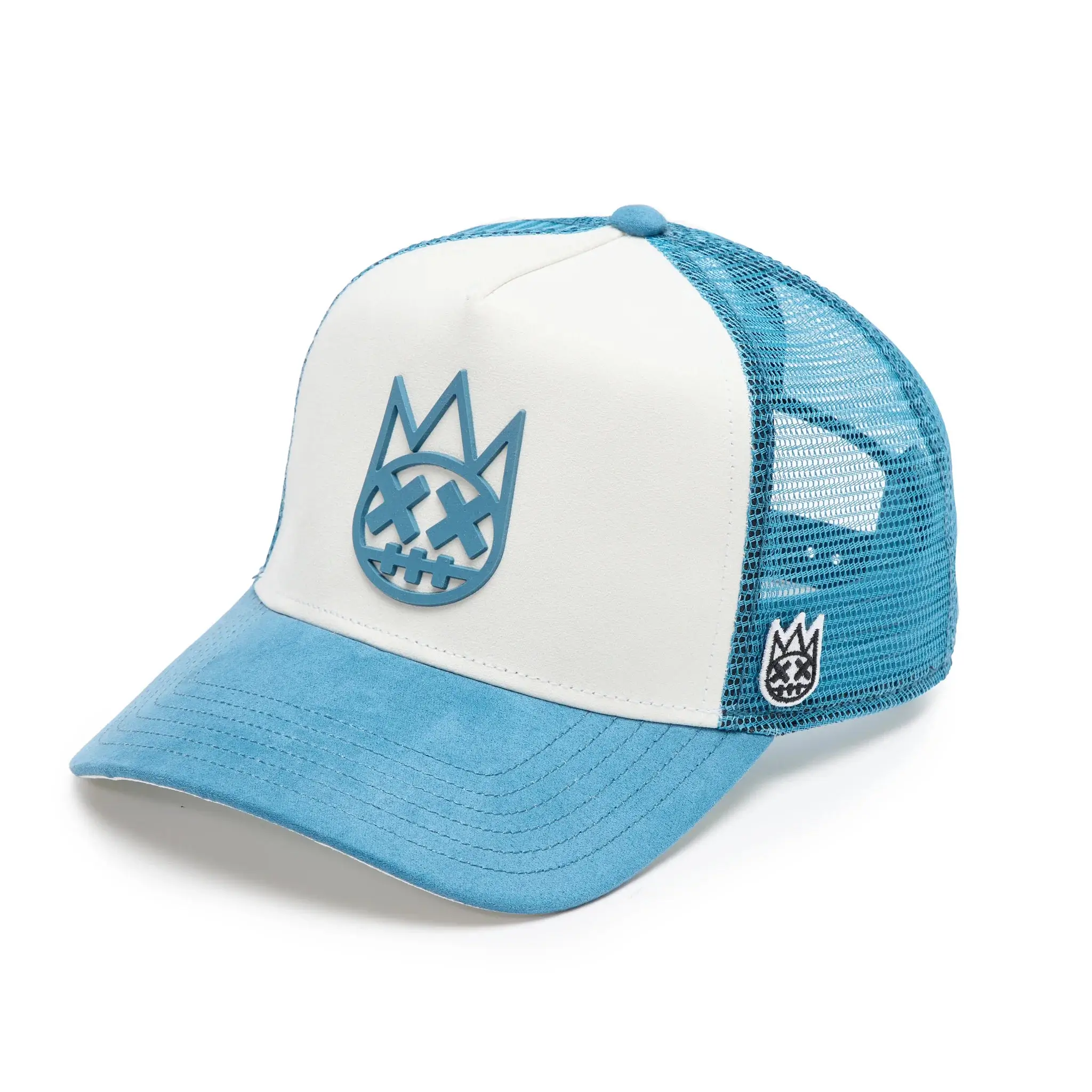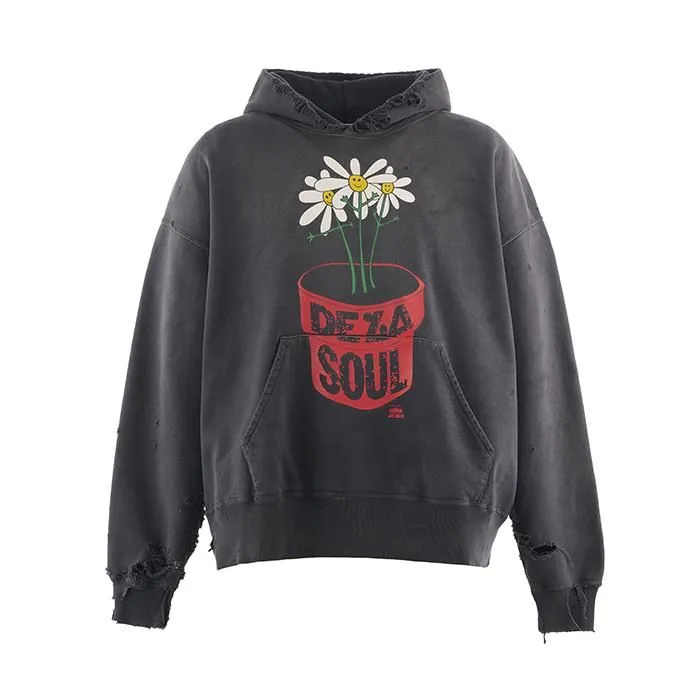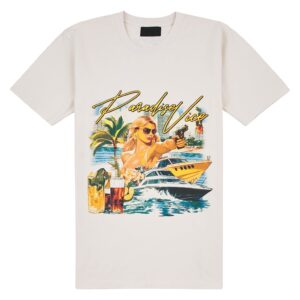In the intricate world of streetwear, where symbolism is as vital as cut and construction, few garments articulate rebellion with the subtlety and strength of Vlone’s Kissing Pink Vest. Beyond its immediately arresting color, the vest stands as a loaded artifact: a declaration of individuality, vulnerability, and the paradoxes at the heart of modern youth culture.
A$AP Bari’s Vlone—a brand birthed from the DNA of Harlem’s audacious fashion tradition and A$AP Mob’s irreverent philosophy—has always trafficked in contradictions. Life and death. Community and isolation. Aggression and sensitivity. In the Kissing Pink Vest, these themes reach a fever pitch, rendered in a shade that the streetwear canon once dismissed as taboo: pink.
Subverting the Codes: Pink as Power
Pink, long culturally coded as feminine, delicate, even passive, becomes something radically different under Vlone’s treatment. Here, the color is not merely aesthetic; it is an act of subversion. Saturated and unapologetic, the pink on the Kissing Pink Vest detonates preconceived notions about masculinity, toughness, and rebellion.
In street culture—where darker hues like black, olive, and navy traditionally dominated outerwear—Vlone’s aggressive use of pink weaponizes softness. The wearer is shielded not by the color of camouflage or urban grit, but by the very audacity of his vulnerability. In Kissing Pink, pink is not gentle. It is a flare gun fired across a monochrome sky.
The vest’s tone is not a dusty pastel or washed salmon; it is vibrant, almost neon, crackling with a kind of kinetic defiance. It is designed to be seen, to confront, to unnerve. Within the context of a brand steeped in the motto “Live Vlone, Die Vlone,” pink becomes a war paint for a new kind of battle—one where authenticity is the ultimate weapon.
Form and Function: Armor of the Individual
The cut of the Kissing Pink Vest carries Vlone’s signature pragmatism. Boxy yet tailored, it bridges the line between tactical gear and street couture. Wide armholes, a high-set collar, and deep paneling speak to utility, evoking military vests and street hustler uniforms alike. There is no excess embellishment; everything is stripped down to bold essentials.
Yet, this is not pure function. The vest wears like armor—but armor that dares to expose as much as it protects. Without sleeves, the vest leaves the arms vulnerable, suggesting the courage to move unguarded through a hostile world. It offers a form of defensive fashion that is not about retreat but about assertion: I am here. I will be seen. I refuse camouflage.
Textural details—often an overlooked strength in Vlone garments—elevate the piece. The slight sheen of the fabric suggests technical durability while amplifying the vest’s electric presence under city lights. Reinforced seams and subtle tailoring hint at an almost bespoke approach to streetwear, a reminder that even mass appeal can originate in craftsmanship.
Branding and the Language of Allegiance
No Vlone piece is complete without its iconic branding, and the Kissing Pink Vest follows suit. The bold, monolithic “V” sprawled across the back acts as both a signature and a banner. Rendered typically in black or contrasting tones, the “V” sears against the pink background, a tattoo on the garment’s spine.
This emblem does not merely signify brand affiliation; it marks the wearer as part of a tribe—a loose, fluctuating community bound not by rules but by attitude. In this way, Vlone extends the streetwear tradition of logos as modern heraldry, a system where wearing a piece is a political, social, and personal statement all at once.
On the Kissing Pink Vest, the “V” feels especially resonant. It becomes a symbol not of conformity, but of chosen identity—a way of claiming a space in a culture that oscillates between visibility and erasure.
Contextual Resonance: Fashion as Existential Mirror
The arrival of the Kissing Pink Vest was not isolated from broader cultural currents. At the time of its drop, fashion—and streetwear in particular—was grappling with a changing landscape. Questions of authenticity, commercialization, and the erosion of subcultural barriers hovered like smog over the industry.
Vlone’s vest dropped into this uncertainty like a hammer. It refused clean categorization. Was it streetwear? Was it high fashion? Was it a relic of 2010s rebellion, or a prophecy of streetwear’s existential crisis? In truth, it was all these things at once—and more.
The Kissing Pink Vest captured the emotional turbulence of a generation that saw personal expression as survival, not luxury. In a world flooded with branded sameness, here was a piece that demanded to be worn with intention. Pink was no accident. It was both a provocation and an invitation: to stand apart, to embrace contradiction, to live and die by your own script.
Legacy and Reverberations
Today, the Kissing Pink Vest occupies a special place within the Vlone archive and the broader evolution of streetwear. It is frequently cited in retrospectives that trace how color politics in menswear shifted in the late 2010s and early 2020s. It also persists as an image—a flash of pink moving through the gray corridors of street culture—synonymous with a moment when defiance found a new shade.
The vest’s aftershocks can be felt not only in subsequent Vlone releases but across the industry. From Louis Vuitton’s neon collections under Virgil Abloh to the pastel palettes of Fear of God, the strategic redefinition of “soft” colors as powerful ones owes some of its audacity to early trailblazing pieces like Kissing Pink.
Moreover, the vest’s influence extends beyond color. It cemented a mode of expression where garments function not just as outfits but as provocations, living artifacts that carry complex emotional and cultural narratives stitched into every seam.
Impression
In the end, the Kissing Pink Vest is about permission—permission to be contradictory, to embody paradox, to defy the expectations imposed by surface codes. To wear it is to declare allegiance to the principle that vulnerability is strength, that softness can be militant, and that fashion, at its most vital, is never just about fabric or cut. It is about attitude, spirit, defiance.
Vlone’s Kissing Pink Vest stands as a reminder that in a world eager to assign meaning at a glance, true identity often blooms in the places where appearance and expectation collide most violently. It is not a vest; it is a weapon disguised as clothing, a kiss rendered in neon battle cry.
And that kiss, still echoing across seasons and scenes, remains as dangerous—and as beautiful—as ever.
No comments yet.









